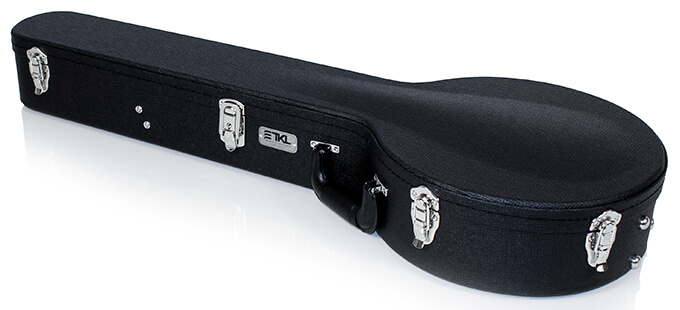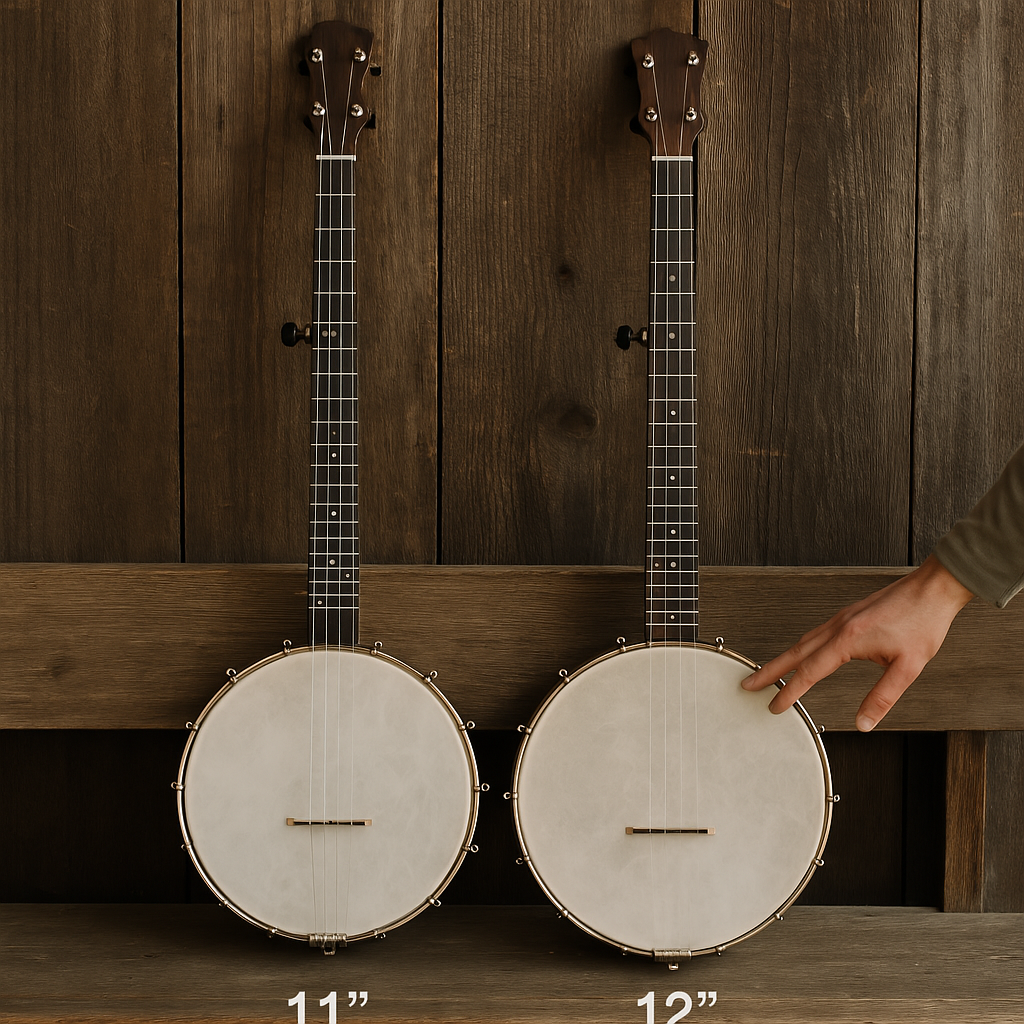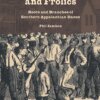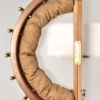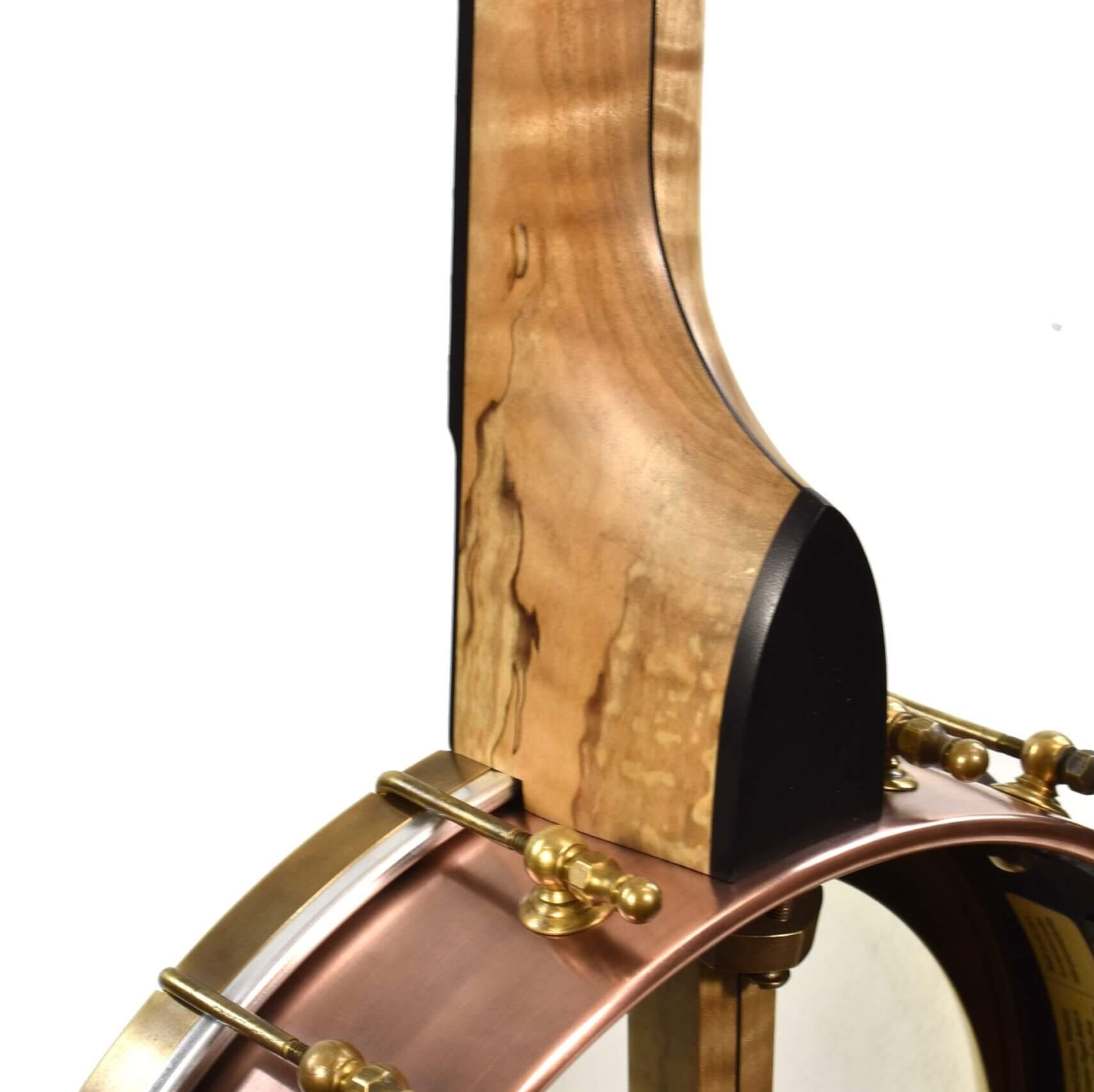
Written by: Patrick David Sawyer
Every detail in banjo design plays a role in shaping how an instrument sounds and feels. One often-overlooked but crucial choice is the heel shape and its relationship too the rim. At Pisgah Banjos, we primarily use two distinct heel styles: the Folk-style heel (aka Dobson heel) and the Vintage-style heel.
Both of these heels have roots in the late 1800s, both are historically accurate, and both work beautifully for old-time music. But they each have their own advantages in terms of tone, playability, and construction.
Folk Heel – Simplicity, Contact, and Tone
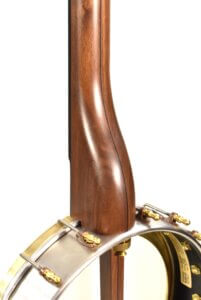
The Folk heel, sometimes referred to as the Dobson heel, has its origins in Dobson banjos of the late 19th century, designed by Henry C. Dobson. Dobson banjos were known for their distinct tone and innovative features, including this particular heel shape.
The Folk heel is a more straightforward design, making it easier and quicker to shape compared to the vintage-style heel. But its advantages go beyond just simplicity. Because it has more surface contact with the rim, it allows more acoustic energy to transfer between the neck and the pot. Many players feel this results in a richer, more resonant tone with enhanced sustain. While sound is always subjective and influenced by many factors, this increased contact can contribute to the warm, full-bodied sound that many old-time players love.
If you appreciate a heel that prioritizes vibration transfer, ease of construction, and historical authenticity, the Folk heel is a great choice.
Vintage Heel – Classic Look, Heel Cap, and Easy Fretting

The Vintage heel, by contrast, has a more sculpted, complex design. While it takes more time and precision to shape, it offers a timeless, classic aesthetic that many players prefer. This design is inspired by historic Fairbanks and Vega banjos, two of the most respected banjo manufactures of the late 19th and early 20th centuries.
A defining feature of the vintage heel is the heel cap, a small decorative piece that usually matches the fretboard material. Traditionally, this would be ebony or another hardwood, adding an elegant contrast to the neck wood. Any Pisgah banjo with a vintage heel will have either a richlite or persimmon heel cap. While it’s primarily an aesthetic choice, it provides a refined, finished look that gives the banjo a level of craftsmanship not often seen in budget instruments. Many cheaper banjos omit the heel cap entirely to cut down on manufacturing costs, resulting in a less polished appearance.
Beyond looks, the vintage heel’s biggest functional advantage is the extra clearance near the neck joint, which makes it easier to access the upper frets. If you play a fully fretted banjo and like to explore melodic runs, harmonics, or chord shapes beyond the 17th fret, the vintage heel gives your fretting hand more room to work.
Aesthetic Balance – The Pisgah Approach
At Pisgah Banjos, we put a lot of thought into heel proportions and shaping to ensure each banjo has a balanced and aesthetically appealing design. A well-proportioned heel complements the overall shape of the neck and pot, giving the instrument a more refined and intentional look. Whether it’s a Folk or Vintage heel, we strive for smooth, organic curves that flow naturally with the banjo’s design.
So… Which One is Better?
It really comes down to personal preference. That’s why we offer both at Pisgah Banjos. If tone transfer and simplicity are your priorities, the Folk heel is a fantastic option. If you prefer a traditional aesthetic, a historic-style heel cap, and easier access to higher frets, the Vintage heel may be the better fit.
Disclaimer: This is all just my opinion, based on years of experience building and playing banjos. Every player has different needs, and the best way to know what works for you is to try different banjos and see what feels and sounds best in your hands.


